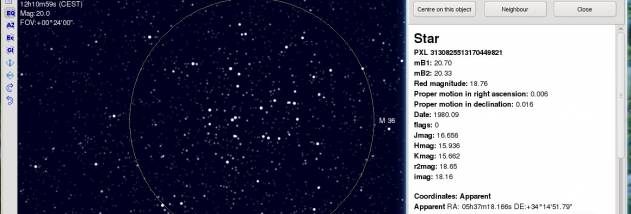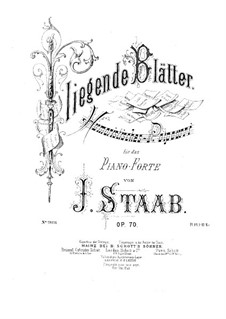

The European Southern Observatory from Concept to Reality. In the 1950s, astronomers from Hamburg and The Netherlands renewed the discussion in the framework of European cooperation, and this led to the founding of ESO in 1963, as is well described by Blaauw (1991). Observations were started in the 1930s by Berlin and Breslau astronomers, but were stopped by WW II. Paul Guthnick (1879-1947), director of the Berlin observatory, in cooperation with APO Potsdam and Hamburg, made a site survey to Africa in 1929 and found the conditions in Windhuk to be ideal. In 1928 Erwin Finlay-Freundlich (1885-1964), inspired by the Hamburg astronomer Walter Baade (1893-1960), worked out a detailed plan for a southern observatory with a reflecting telescope, spectrographs and an astrograph with an objective prism. Seeing tests were begun in 1910 by Potsdam astronomers, but WW I stopped the plans. In 1910 Karl Schwarzschild (1873-1916), after having visited the observatories in America, pointed out the usefulness of an observatory in South West Africa, where it would have better weather than in Germany and also give access to the southern sky. His ideas for building an observatory in Windhuk for photographing the sky and measuring the solar constant were taken over by the Göttingen astronomers. In 1907 Hermann Carl Vogel (1841-1907), director of the Astrophysical Observatory Potsdam, suggested a southern station in Spain.

Around the beginning of the 20th century the Heidelberg astronomer Max Wolf (1863-1932) proposed a southern observatory. In the 1950s, astronomers from Hamburg and The Netherlands renewed the discussion in the framework of European cooperation, and this led to the founding of ESO in 1963.Įarly German Plans for a Southern ObservatoryĪs early as the 18th and 19th centuries, French and English observers were active in South Africa. Paul Guthnick (1879-1947), director of the Berlin observatory, in cooperation with APO Potsdam and Hamburg, made a site survey to Africa in 1929 and found the conditions in Windhoek to be ideal. In 1910 Karl Schwarzschild (1873-1916), after a visit to observatories in the United States, pointed out the usefulness of an observatory in South West Africa, in a climate superior to that in Germany, giving German astronomers access to the southern sky. Then Göttingen astronomers suggested building an observatory in Windhoek for photographing the sky and measuring the solar constant. Around the beginning of the 20th century, Heidelberg and Potsdam astronomers proposed a southern observatory. Early German plans for southern observatoriesĪs early as the 18th and 19th centuries, French and English observers were active in South Africa.


 0 kommentar(er)
0 kommentar(er)
